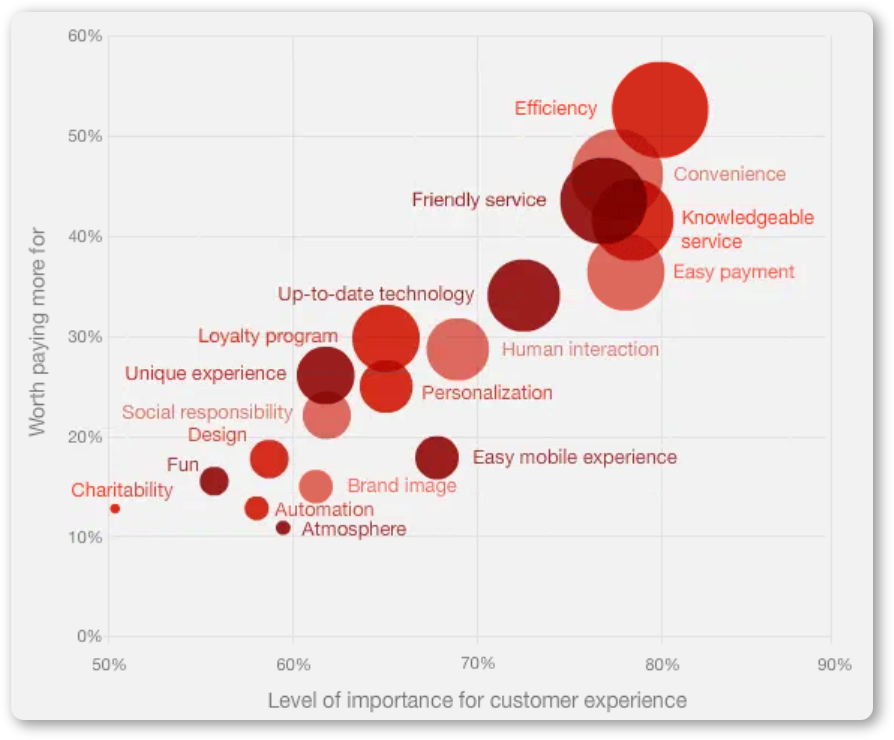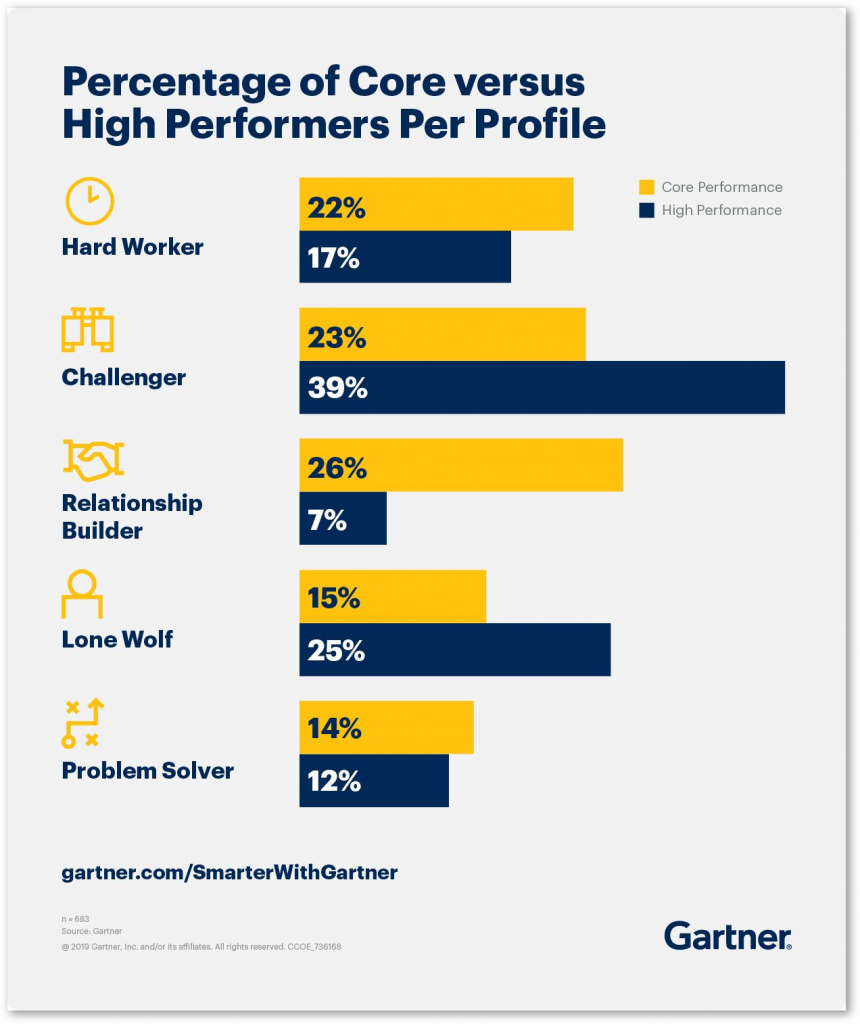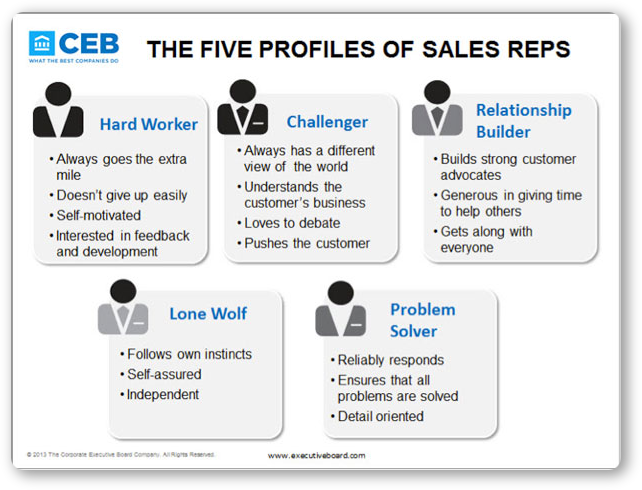Challenger sales model
If a company meets customer expectations, it thrives in sales and revenues. This is a fact.
58% of people are ready to pay a higher price for goods or services if they get an outstanding customer experience. On top of it, their loyalty increases. As a result, brands that care about their clients earn around 6 times more revenue than their niche competitors.
But are there any specific components that a good buyer experience includes? The answer is — “Yes.”

Above all, customers appreciate efficiency, convenience, and friendly, knowledgeable service. This is why so many companies live by the trading slogan “The customer is always right” to establish their communication with prospects. Seems like the better information you provide and the longer time you spend to build trust — the more deals you will close.
But in practice, that doesn’t always work.
What is the Challenger sales model?
In 2011, two CEB Inc. employees published a book, “The Challenger Sale: Taking Control of the Customer Conversation.” They decided to investigate how exactly sales representatives work when they lead clients toward closing a deal.
In a nutshell, the authors have divided salespeople into 5 groups. They’ve compared the number of star and average performers in every group and concluded: Challengers were on top.

What was each profile characterized by?
- Hard workers — The ones who sell a lot because of the extensive effort they put into the lead generation process. They may get in touch with way more prospects from the very beginning than their colleagues.
- Lone wolves — Perspicacious and savvy salespeople. They rely on their forecasts, beliefs, and judgments, and can prospect leads that will make a profit based on personal experience.
- Relationship builders — The ones whose performance is better-than-average because they act as clients’ spokespeople and advocates. They are eager to invest time in building strong relationships with a buyer and willing to give “extras”: advice, support, encouragement, etc.
- Problem solvers — Committed, analytically-minded, objective, and practical salespeople who succeed in sales thanks to the careful planning of any actions and staying focused on details.
- Challengers — Sales reps who don’t try to seem pleasing, agreeable, or “just a phone call away.” They sell more by influencing the client’s point of view, up to a confrontation with them.

The Challenger sales methodology implies having a reasonable dispute. Instead of simply convincing the prospect, a salesperson’s goal is to create constructive tension, so that the customer changes their point of view and considers new opportunities.
A Challenger’s goal is to offer value as an alternative — something that a buyer hasn’t thought about and something that will unmistakably solve the problem or opportunity in the customer’s business.
Consider an example. A customer is struggling with high energy bills. A Challenger salesperson analyzes their energy usage, identifies outdated appliances as the cause, and proposes energy-efficient alternatives to reduce costs significantly.
Pros and cons of the Challenger sales model
The lead can become loyal only because of the positive experience with your brand, not due to ads, slogans, and promises they hear. Making sure your customers feel appreciated is essential to growing the audience, because prospects may turn away from your company if they have at least one bad experience.
To fulfill the request is good, but to understand what would be a win-win offer to the buyer is even better. Sometimes, requirements may be purposeless or even contradict one another. This happens due to many reasons:
- People know the subject superficially
- Prospects don’t have time to go deeper into details
- Leads aren’t aware of the company’s entire product & service range, etc.
Thus, the courage to timely challenge the prospect brings the following advantages:
- Better meeting customer needs
- Reducing time spent on needless specifications
- Shortening the time to convert leads into buyers
- Closing more deals
- Overall — higher revenues and more brand advocates.
However, this technique must be used with care. Its main disadvantages include:
- Unnecessary haste over the deal
- Sales representatives can cross the line and may sound rude
- Overall — the client may feel a lack of respect and attention, hence dropping off at some point.
When to use the Challenger sales approach?
This technique shows the best results in the case of complex products or services. A seller takes responsibility for client experience and uses different tricks to convince them to choose the best possible option. A sales rep:
- Delivers new insights about the product/service/industry, etc.
- Presents best practices & business cases
- Outlines new schemes, e.g., how to spend less or outperform peers.
As soon as you feel your client is unbiased, pragmatic, logical, and favorably disposed toward the company — use the Challenger approach. Still, it’s always better to start with moderate tension, say, with a fact-based dialogue instead of confrontation.
Salespeople’s professional traits are no less important than a person you’re going to address. A top-performing Challenger is the one who can:
- Define what personality is standing in front of them and what communication style to choose
- Instantly adjust messages’ tone to avoid awkward conversations
- Stay informed and up-to-date
- Distinguish important news and facts from white noise
- Sound friendly yet solid on any matter, even when it comes to money-related issues.
It may sound weird, but the Challenger sales model allows it to give a human face to business negotiations. Clients expect to hear formulaic words from their sales or business development representatives. So, if they get a reasoned objection or rational recommendation instead, they will be thankful.
















